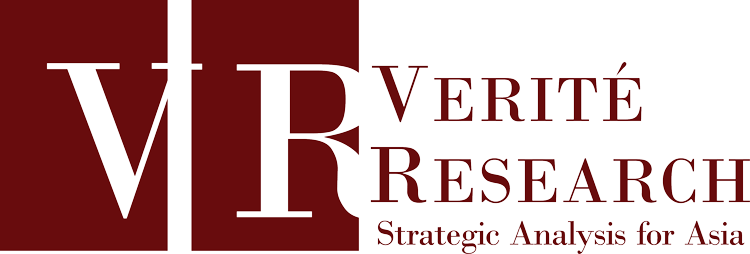| dc.contributor.author | Econ Team | |
| dc.date.accessioned | 2024-11-04T14:14:09Z | |
| dc.date.available | 2024-11-04T14:14:09Z | |
| dc.date.issued | 2024-07-24 | |
| dc.identifier.uri | https://archive.veriteresearch.org/handle/456/7030 | |
| dc.description | This infographic was posted on the Public Finance Platform in English. | en_US |
| dc.description.abstract | The government of Sri Lanka gazetted the Public Financial Management (PFM) Bill to enhance transparency, accountability, and control of public funds. A key provision of the bill is the establishment of a limit on government expenditure. Section 15(1) of the PFM Bill introduces a 13% limit on primary expenditure, replacing the budget balance rule set in the Fiscal Management (Responsibility) Act. This means that annual government expenditure, excluding interest payments on debt, must remain within 13% of GDP, regardless of revenue levels. This limit is exceptional in two ways.
First, it would make Sri Lanka a global outlier. A GDP-based primary expenditure rule is uncommon. According to the IMF’s fiscal rules database, only 10 out of 106 countries use a rule that limits primary expenditure independently of revenue. However, none of these countries set a limit as low as Sri Lanka’s proposed 13%.
Second, this policy is at odds with orthodox economic theory. The purpose of government expenditure is to enhance present and future social welfare, which is a principal objective of economic policy. To achieve this sustainably, economic theory supports fiscal rules that manage deficits and debt, usually tying expenditure to revenue. Limiting primary expenditure independently of revenue and linking it to GDP, as proposed for Sri Lanka, runs counter to standard economic theory.
Furthermore, established economic reasoning suggests that this proposed limit would restrict the government’s ability to invest in human and physical capital, crucial for promoting growth, productivity, efficiency, and social welfare in the future.
In contrast to the GDP-linked primary expenditure limit, an alternative approach would be a budget or primary balance rule, which ties expenditure to government revenue. | en_US |
| dc.language.iso | en | en_US |
| dc.publisher | Colombo: Verité Research | en_US |
| dc.relation.ispartofseries | Public Finance Infographics; | |
| dc.subject | Public Finance - Public Financial Management Act | en_US |
| dc.subject | Public Finance - Government expenditure | en_US |
| dc.subject | Public Finance - Fiscal policy | en_US |
| dc.subject | Public Finance - Primary expenditure | en_US |
| dc.subject | Public Finance- Fiscal Management Responsibility Act | en_US |
| dc.subject | Public Finance - Types of fiscal rules | en_US |
| dc.title | Proposed 13% primary expenditure rule for Sri Lanka departs from economic theory and practice | en_US |
| dc.type | Infographics | en_US |


